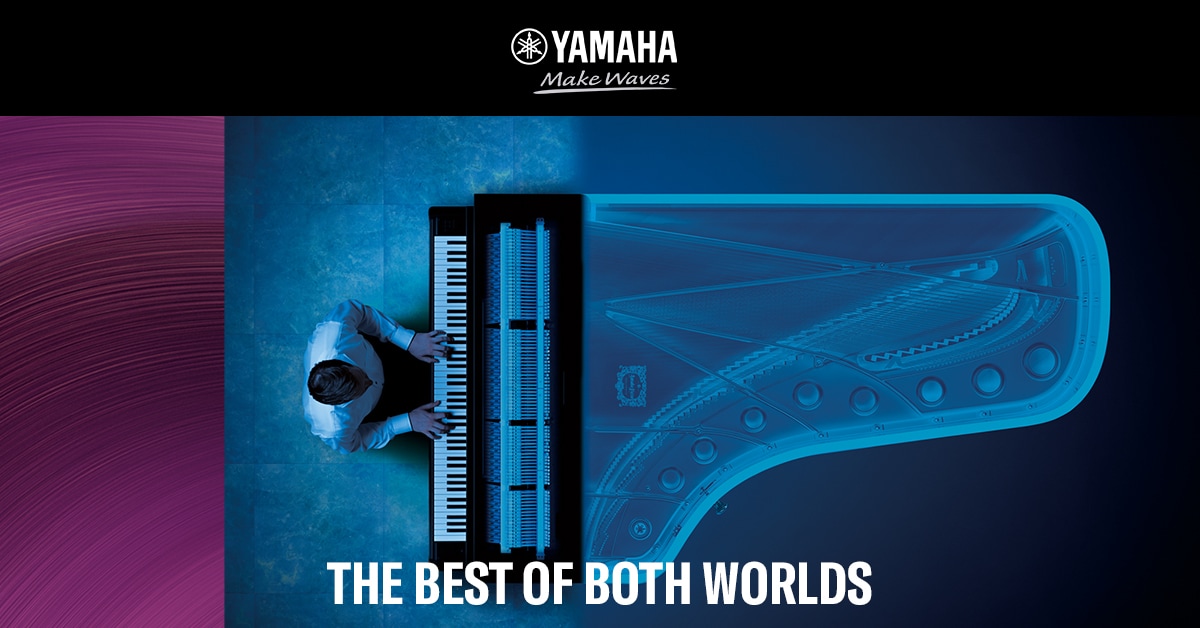Originally posted by Eine Alpensinfonie
View Post
I don't know which type of instrument is harder to represent by electronics. Possibly string instruments are still harder, because of the many different forms of articulation - arco, pizzicato, spiccato, and muted and harmonics sounds, and maybe others which are possible on instruments such as violins.
Modern electronic pianos can be pretty good, and they have the advantage of portabilty over regular pianos, as well as usually a cost advantage. They may also take up less space. However, £3000 can probably get a better regular piano, but acceptable digital pianos can be had for under £1000 or perhaps a bit more for one which might be considered better.

Comment